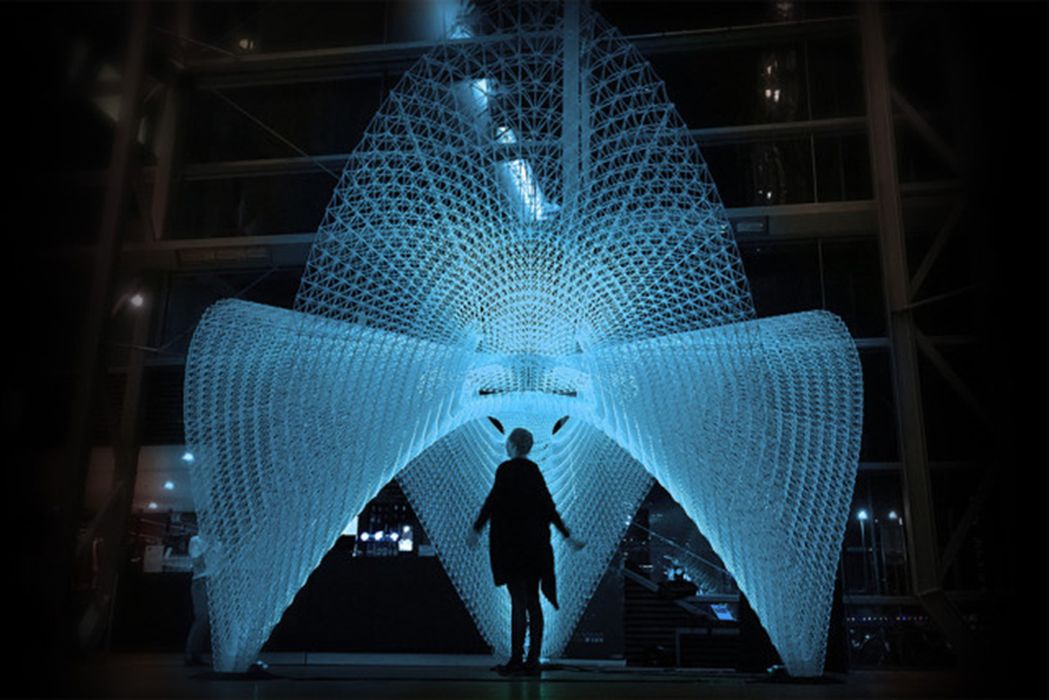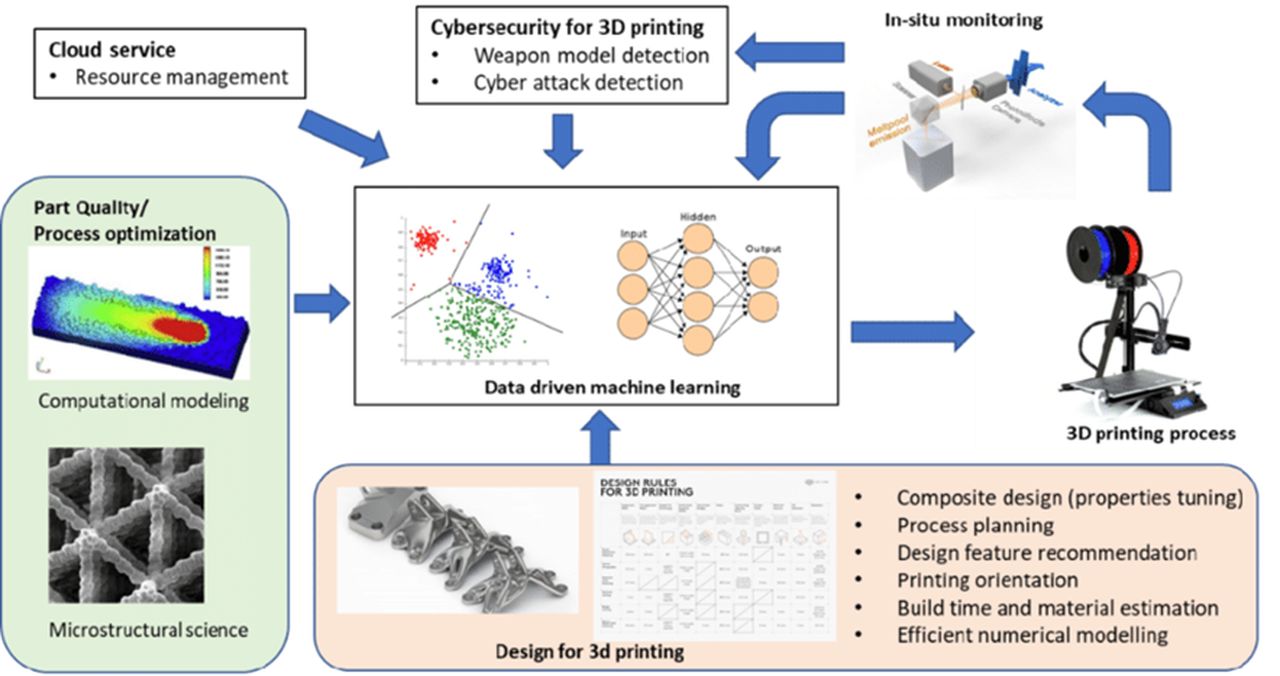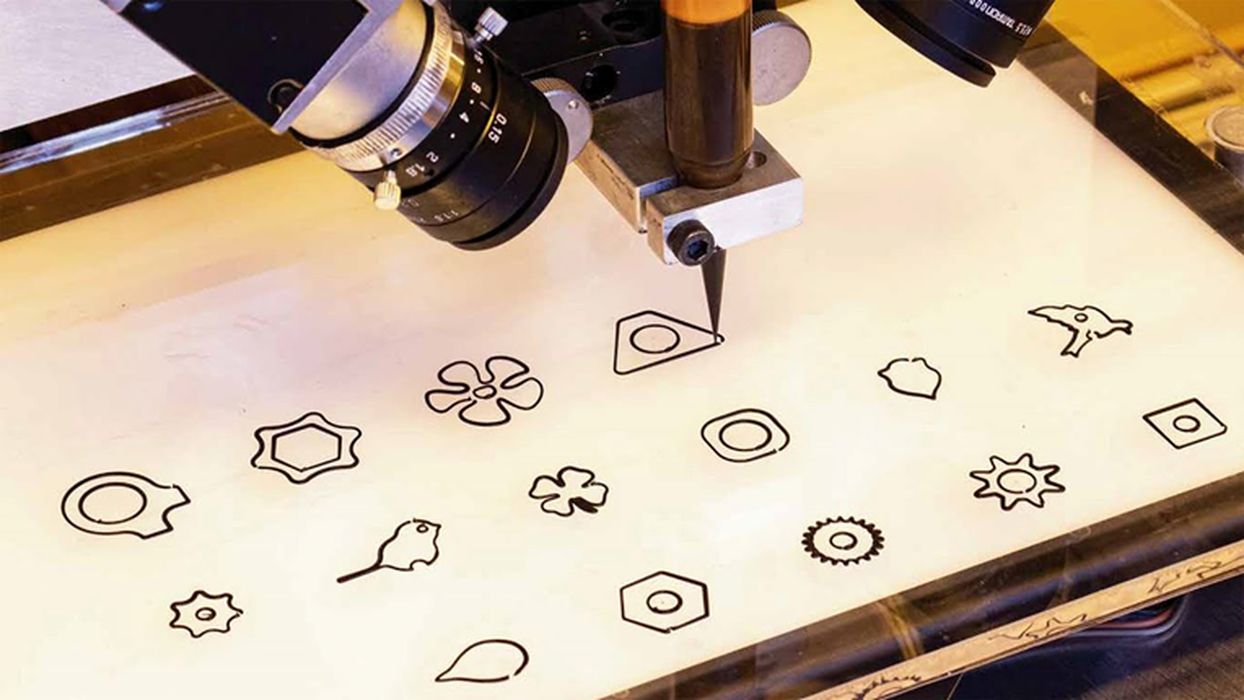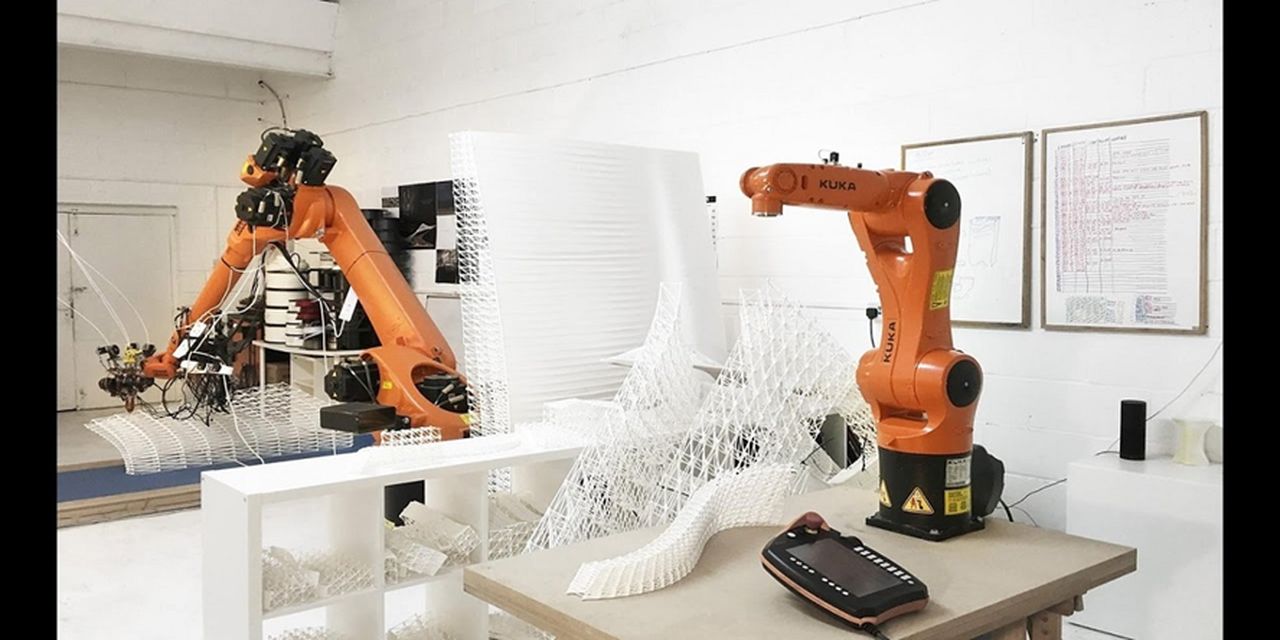
Charles R. Goulding and Preeti Sulibhavi consider whether 3D print technology investment and innovation could be affected by interest in AI tech.
Some recent commentators have questioned whether the current increased focus on AI will inevitably reduce the funding for 3D printing innovation efforts. We don’t think so. The largest corporate AI budgets are with Microsoft, Google, Amazon, Tesla and Facebook and 3D printing is not a major area for them.
3D printing innovation has its own glide path, and that innovation is increasing. Most importantly there are expanding opportunities in many of 3D printing’s most important markets. Some of those large markets include dental, medical devices, construction, defense, airplane, drones and alternative energy.
Sustained market demand will support innovation. In our recent Fabbaloo article we described how AI can enhance 3D printing market providers.
AI and 3D printing are two rapidly evolving technologies that have the potential to revolutionize many industries. While they may seem like unrelated fields, they can work together to create new opportunities and advancements.
AI can be used to optimize the 3D printing process by automatically generating designs, optimizing printing parameters, and identifying potential defects or issues in the printed objects. This can save time and resources while improving the quality of the final product.
In the reverse direction, 3D printing can be used to create physical models for training and testing AI algorithms or to create customized hardware components for AI systems. For example, researchers have used 3D printing to create unique robotic grippers that are optimized for specific tasks or to create customized prosthetics that can be fitted precisely to individual patients.

AI and 3D printing are not necessarily competing technologies. In fact, AI can enhance 3D printing market providers. For example, AI can be used to optimize the design process and improve the accuracy and efficiency of 3D printing.

It is also worth noting that both AI and 3D printing have a long-term history of development and are likely to continue to evolve and advance in the future. Therefore, it is possible that the two technologies will intersect and complement each other in ways that we may not yet fully understand or anticipate.

While there may be some concerns about the impact of AI on 3D printing innovation, the current evidence suggests that AI is unlikely to crowd out 3D printing innovation efforts, and that the two technologies may complement each other in various ways.
Overall, the integration of AI and 3D printing is an exciting area of research and development, with the potential to unlock new possibilities and applications in fields such as manufacturing, healthcare, and robotics.
The current increased focus on AI is unlikely to reduce the funding for 3D printing innovation efforts. The largest corporate AI budgets are not primarily focused on 3D printing, and there are expanding opportunities in many of 3D printing’s most important markets, which will support sustained market demand and innovation.
The Research & Development Tax Credit
The now permanent Research and Development (R&D) Tax Credit is available for companies developing new or improved products, processes and/or software.
3D printing can help boost a company’s R&D Tax Credits. Wages for technical employees creating, testing and revising 3D printed prototypes can be included as a percentage of eligible time spent for the R&D Tax Credit. Similarly, when used as a method of improving a process, time spent integrating 3D printing hardware and software counts as an eligible activity. Lastly, when used for modeling and preproduction, the costs of filaments consumed during the development process may also be recovered.
Whether it is used for creating and testing prototypes or for final production, 3D printing is a great indicator that R&D Credit eligible activities are taking place. Companies implementing this technology at any point should consider taking advantage of R&D Tax Credits.
Conclusion
AI has taken almost 70 years to get world attention since the 1956 Dartmouth conference which is considered the birthing. 3D printing has a similar long-term, 40-year history using Chuck Hull’s 1983 invention date. Important technological developments take a long time to manifest and arguably, these two technologies have a long road ahead of them.
